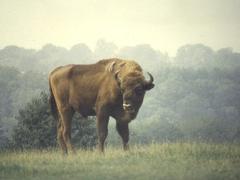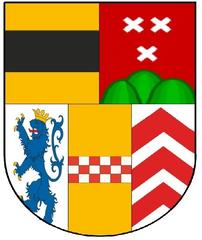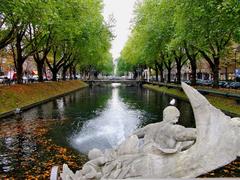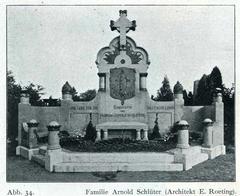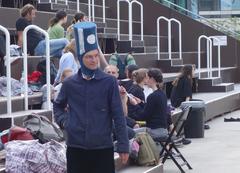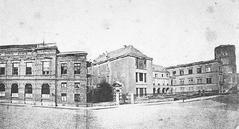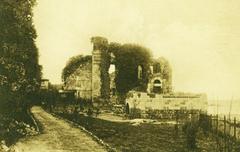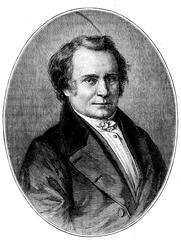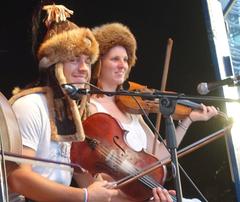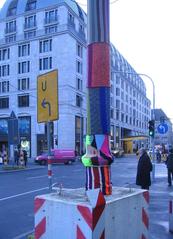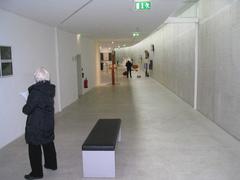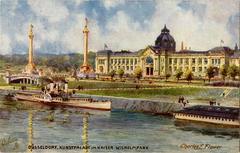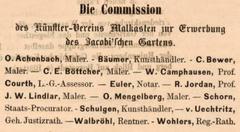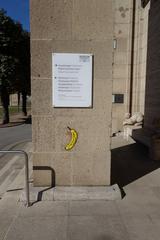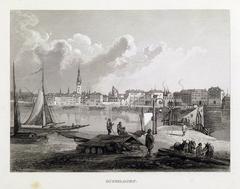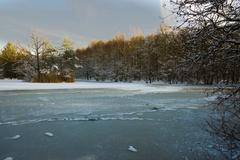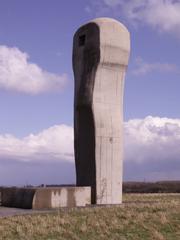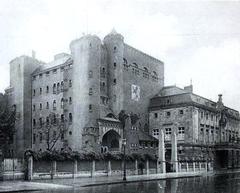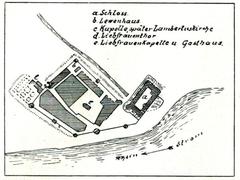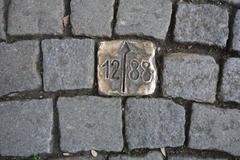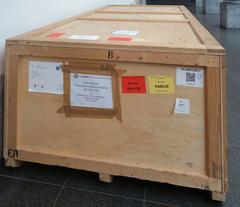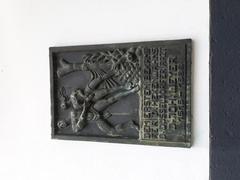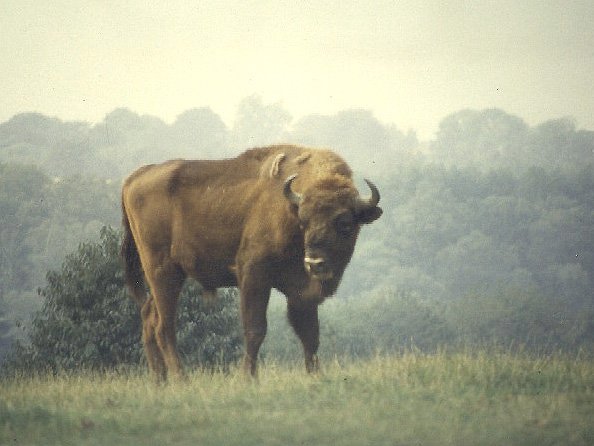
Eiszeitliches Wildgehege Neandertal Visiting Guide: Hours, Tickets, and Tips
Date: 24/07/2024
Introduction
The Eiszeitliches Wildgehege Neandertal, located in the Neander Valley near Düsseldorf, Germany, offers a fascinating glimpse into the distant past, allowing visitors to experience the environment as it was during the Ice Age. Established in 1935, this 23-hectare reserve is part of the Neandertal Nature Reserve and is renowned for its profound historical significance and conservation efforts. The discovery of Neanderthal remains in the Neander Valley in 1856 marked a pivotal moment in paleoanthropology, making the area a key site for understanding human evolution. The nearby Neanderthal Museum further enriches this historical context, offering extensive insights into the lives of early humans (source).
The primary aim of the Eiszeitliches Wildgehege Neandertal is to maintain and display species that once roamed Europe during the Ice Age. It houses animals such as Heck cattle, Heck horses, and European bison, bred to resemble the extinct aurochs and tarpan horses (source). The reserve serves as a living museum, providing educational programs that raise awareness about conservation and the history of human evolution. Whether you are a history enthusiast, nature lover, or curious traveler, this guide will provide you with all the essential information, including visiting hours, ticket prices, and travel tips, to make your visit to this unique destination both memorable and educational.
Table of Contents
- Introduction
- History and Significance
- Purpose and Conservation Efforts
- Ecological and Educational Significance
- Visitor Information
- Key Features and Attractions
- Cultural and Historical Impact
- Facilities
- Events and Activities
- FAQs
- Conclusion
History and Significance
Origins and Establishment
The Eiszeitliches Wildgehege Neandertal was established in 1935 to simulate the natural environment of the Ice Age. This 23-hectare reserve is situated within the Neandertal Nature Reserve, known for its rich prehistoric significance (source).
Historical Context
The discovery of Neanderthal remains in 1856 in the Neander Valley marked a pivotal moment in paleoanthropology. The Neanderthal Museum nearby offers extensive insights into the life and times of these early humans (source).
Purpose and Conservation Efforts
The primary aim of the reserve is to maintain and display species that were prevalent during the Ice Age. The reserve houses Heck cattle, Heck horses, and European bison, which are bred to resemble the extinct aurochs and tarpan horses (source).
Ecological and Educational Significance
The reserve serves as a living museum where visitors can learn about Ice Age fauna and the ecological conditions of prehistoric Europe. It supports various educational programs aimed at raising awareness about conservation and the history of human evolution (source).
Visitor Information
Visiting Hours and Tickets
The reserve is open year-round, and the walking paths are available free of charge. For detailed visiting hours, ticket prices, and special event schedules, please check the reserve’s official website.
Accessibility
The reserve is easily accessible by public transportation and car, located between Erkrath and Mettmann. Well-marked trails lead from the Neanderthal Museum to the reserve (source).
Travel Tips
- Wear comfortable walking shoes.
- Bring a camera to capture the stunning landscapes and wildlife.
- Check the weather forecast and dress appropriately.
Key Features and Attractions
Animal Enclosures
Visitors can observe Heck cattle, Heck horses, and European bison in enclosures designed to replicate their natural environments (source).
Walking Trails
The reserve offers a network of walking trails, including a main circular trail approximately 4 kilometers long, accessible for visitors of all ages and fitness levels (source).
Educational Programs
The reserve hosts a variety of educational programs and guided tours that focus on the flora and fauna of the Ice Age, as well as the history of the Neanderthals (source).
Cultural and Historical Impact
The establishment of the reserve has had a significant cultural and historical impact, preserving the natural heritage of the Neander Valley and offering valuable insights into the lives of early humans (source).
Facilities
The reserve offers picnic areas, restrooms, and informational signage. The nearby Neanderthal Museum provides additional amenities such as a café and gift shop (source).
Events and Activities
The reserve hosts various events and activities throughout the year, including guided tours, educational workshops, and seasonal celebrations. For up-to-date information about upcoming events, visit the reserve’s official website.
FAQs
What are the visiting hours?
The reserve is open year-round. For specific visiting hours, please check the official website.
Are there any ticket prices?
The walking paths are free of charge. For special events and guided tours, please refer to the official website.
How do I get there?
The reserve is accessible by public transportation and car, located between Erkrath and Mettmann. Detailed directions can be found on the official website.
Conclusion
The Eiszeitliches Wildgehege Neandertal is a unique destination offering a glimpse into the past. Its commitment to conservation, education, and cultural preservation makes it an important site for both tourists and researchers. Plan your visit today to experience the wonders of the Ice Age and the rich history of the Neander Valley.
References
- Eiszeitliches Wildgehege Neandertal, 2023, Neanderthal Museum (source)
- Neanderthal: Still Posing Questions 150 Years After Discovery, 2023, DW (source)
- Eiszeitliches Wildgehege Neandertal, 2023, Wikipedia (source)
- Eiszeitliches Wildgehege Neandertal, 2023, Second Wiki (source)
- Eiszeitliches Wildgehege im Neandertal, 2023, Draussen NRW (source)
- Eiszeitliches Wildgehege Neandertal, 2023, Komoot (source)
- Your Experience: Outdoor Tours, 2023, Neanderthal Museum (source)
- Couchflucht, 2023, Couchflucht (source)
- Outdoor Activities on the Clent Hills, 2023, National Trust (source)
